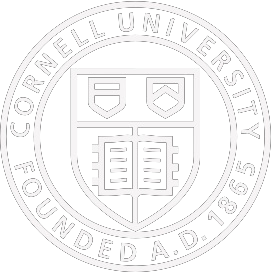Here are a few examples of our current projects:
1) Waves are everywhere, from the distribution of cars on a highway to the wave patterns in the ocean. Intriguing phenomena in wave propagation, such as Soliton resonance, kink-antikink interaction, self-focusing, and Peakon generation can be used in many practical applications leading to novel architectures for signal processing and generation. These E/M based approaches could be particularly useful in the case of high frequency (mm-wave and terahertz) circuits and systems. Detection of concealed weapons, cancer diagnosis, food quality control, and breath analyses for disease diagnosis are among many examples that will rapidly flourish if compact and on-chip terahertz systems are realized. In this frequency range, the limited transistor cut-off frequency, maximum power efficiency, and breakdown voltage pose serious constraints on the use of conventional circuit techniques.
To overcome these drawbacks, we have introduced systematic methodologies for designing circuits and components operating close to and beyond the conventional limits of the devices. These circuit blocks can effectively generate, combine, and process signals from multiple devices to achieve performances orders of magnitude better than the state of the art. The proposed techniques are general and can be used in any technology, including CMOS, GaN and other processes. For example, we have recently implemented signal sources with mW-range output power (~0.2mW) at around 500GHz as well as high amplitude pico-second pulses on standard 65 nm bulk CMOS. We have also shown voltage controlled oscillators with >5% tuning range at above 300GHz with high output power on the same CMOS process. Finally, we work on high gain amplifiers and high quality factor filters at above 300GHz that are CMOS compatible.
2) Voltage-controlled oscillator (VCO), which provides accurate timing in digital systems and steady carrier in wireless transceivers, is critical to system performance and one of the most challenging components to design in integrated circuits. Meanwhile, CMOS technology scaling poses more challenge to the design of high-quality VCO with low phase noise and low power, and makes conventional structures incapable of meeting the stringent requirement of many applications. In light of these, we proposed a category of novel VCO structures based on high-order LC resonators to break the performance limit of conventional designs and make it possible to synthesize high-quality oscillation signal in deeply-scaled CMOS process. In particular, we proposed a multi-phase VCO based on left-handed LC-ring to bridge the 5-10dB performance gap between conventional multi-phase and single-phase LC VCO, which was proved by theoretical analysis and verified by prototype measurement. We also proposed a transformer-based dual-band oscillator, which demonstrates the first on-chip VCO that achieves 100% tuning range and meets the stringent phase noise requirement for cellular applications.
3) We introduced a resonant parametric amplifier/oscillator with an enhanced noise performance by exploiting the noise-squeezing effect. Noise squeezing occurs through the phase-sensitive amplification process and suppresses one of the two quadrature components of the input noise. This structure leads to a noise figure around 0dB for a narrowband signal at around 10GHz in standard 130nm CMOS process. It can also be exploited to reduce the phase noise of an oscillator by increasing its amplitude noise.
4) In another project, we work on a delay-line-based analog-to-digital converter for high-speed applications. The ADC converts the sampled input voltage to a delay that controls the propagation velocity of a digital pulse. The output digital code is generated based on the propagation length of the pulse in a fixed time window. We show that because of the averaging mechanism of the delay-line, this structure is more power efficient in the presence of noise and mismatch in deep sub-micron CMOS.

